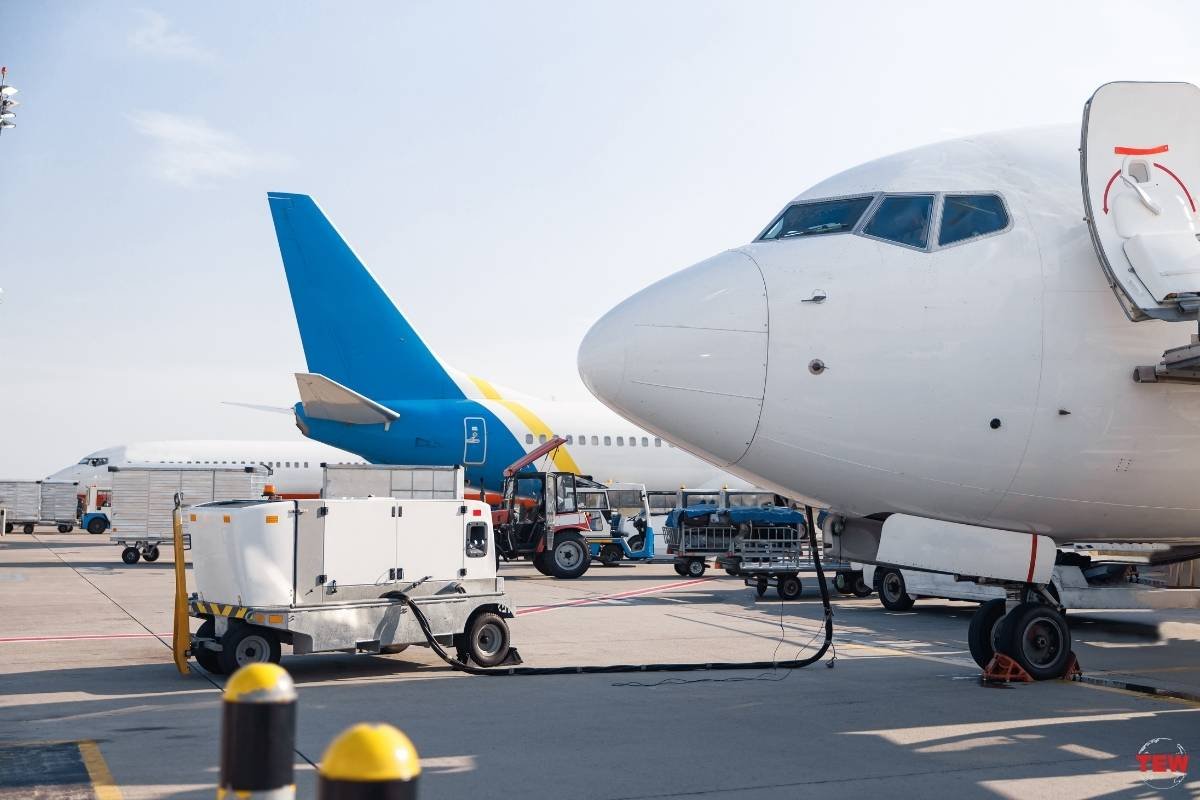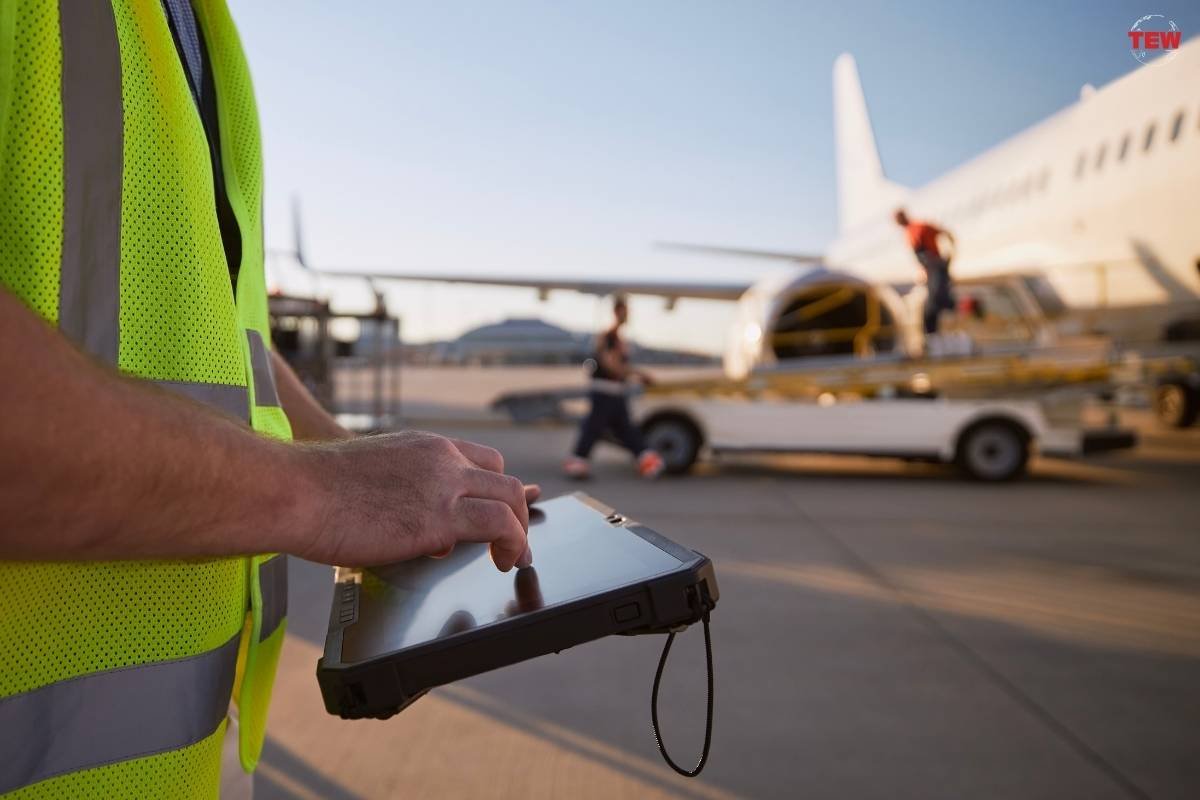The aviation industry is constantly changing, driven by new technology and the need for better efficiency and safety. This field is always moving forward, adapting to new ideas and methods. In this environment, the equipment and procedures used for aircraft ground handling are becoming increasingly important. These elements are key to keeping airports running smoothly. They help manage everything from moving planes on the ground to loading and unloading passengers and luggage. The way these tasks are handled has a big impact on how people experience their travel. It’s not just about getting passengers from point A to point B; it’s about making the journey as smooth and stress-free as possible.
Right now, many new trends are starting to change the ground handling sector. These changes bring both exciting possibilities and big challenges. For example, there’s a push to use more automated systems, which could make ground handling faster and reduce mistakes. However, bringing in these new systems can be costly and requires training people to use them. There’s also a growing focus on making ground handling more environmentally friendly.
This means using equipment that pollutes less and finding ways to waste less energy. These changes aim to make air travel more sustainable in the long run. But they also mean that airports and airlines must rethink and possibly overhaul their current methods. This is a time of big changes for the industry, with the potential to improve how we travel by air.
Without further ado, let’s get to them one by one in this article.
Enhancing Safety With Advanced Training Techniques

Safety remains a paramount concern in aircraft ground handling, and the industry is turning to advanced training techniques to address this critical need. Incorporating virtual reality (VR) and augmented reality (AR) into training programs represents a significant advancement. Aside from steps for aircrafts, these technologies offer a safe, controlled environment for ground personnel to develop and refine their skills. The immersive nature of VR and AR training leads to improved safety standards. It ensures a more competent and efficient workforce adept at handling the complexities of modern-day ground operations.
Embracing Automation For Enhanced Efficiency
The transition towards automation represents a major shift in aircraft ground handling. This shift is not merely a trend but a revolution, fundamentally altering how airports manage their ground operations. Automation brings a range of autonomous vehicles and sophisticated equipment to the forefront, covering diverse functions from baggage handling to aircraft towing. This leap towards automated solutions is not only about streamlining operations but also about elevating safety standards. The key advantage here is the significant minimization of human error, reducing the likelihood of accidents, and enhancing overall operational reliability.
Integration Of Advanced Technology In Access Equipment
The evolution of technology is inexorably linked to the advancement of equipment used in aircraft ground handling. Integrating cutting-edge technology into access equipment, such as passenger boarding bridges and maintenance stands, marks a transformative phase in the industry. This includes incorporating smart sensors and Internet of Things (IoT) capabilities, which collectively boost operational efficiency and safety. The most significant benefit of this technological integration is the capability for real-time monitoring and diagnostics, which ensures that the equipment is maintained at optimal performance levels, thereby reducing downtime and improving the overall service lifecycle.
Implementing Eco-Friendly Practices

The aviation industry increasingly focuses on sustainability, which extends to aircraft ground handling operations. Various steps are being taken to incorporate eco-friendly practices to make a positive environmental impact. This includes adopting electric-powered ground support equipment (GSE) and transitioning to greener fuel alternatives. The impact of these initiatives is twofold: they significantly reduce carbon emissions and noise pollution, benefiting the environment and enhancing the quality of service provided to passengers and airline operators.
Optimizing Ground Handling Operations Through Data Analytics

In the quest for optimization, data analytics has emerged as a key player in aircraft ground handling. By analyzing extensive data sets, airports, and ground-handling companies are now able to glean valuable insights into their operational workflows. This data-driven approach is instrumental in identifying improvement areas, forecasting equipment maintenance requirements, and optimizing resource allocation. Adopting predictive analytics, in particular, enables a more proactive stance in ground-handling operations, leading to enhanced efficiency and service quality.
Conclusion
A confluence of automation, cutting-edge technology, sustainable practices, heightened safety measures, and data-driven optimization shapes the future of aircraft ground handling and access equipment. These evolving trends promise to elevate operational efficiency and safety and contribute to fostering a more sustainable and passenger-centric aviation environment. As these innovations continue to unfold and mature, they are set to redefine the standards of airport ground handling, ushering in a new era of excellence in this crucial aviation industry sector.




